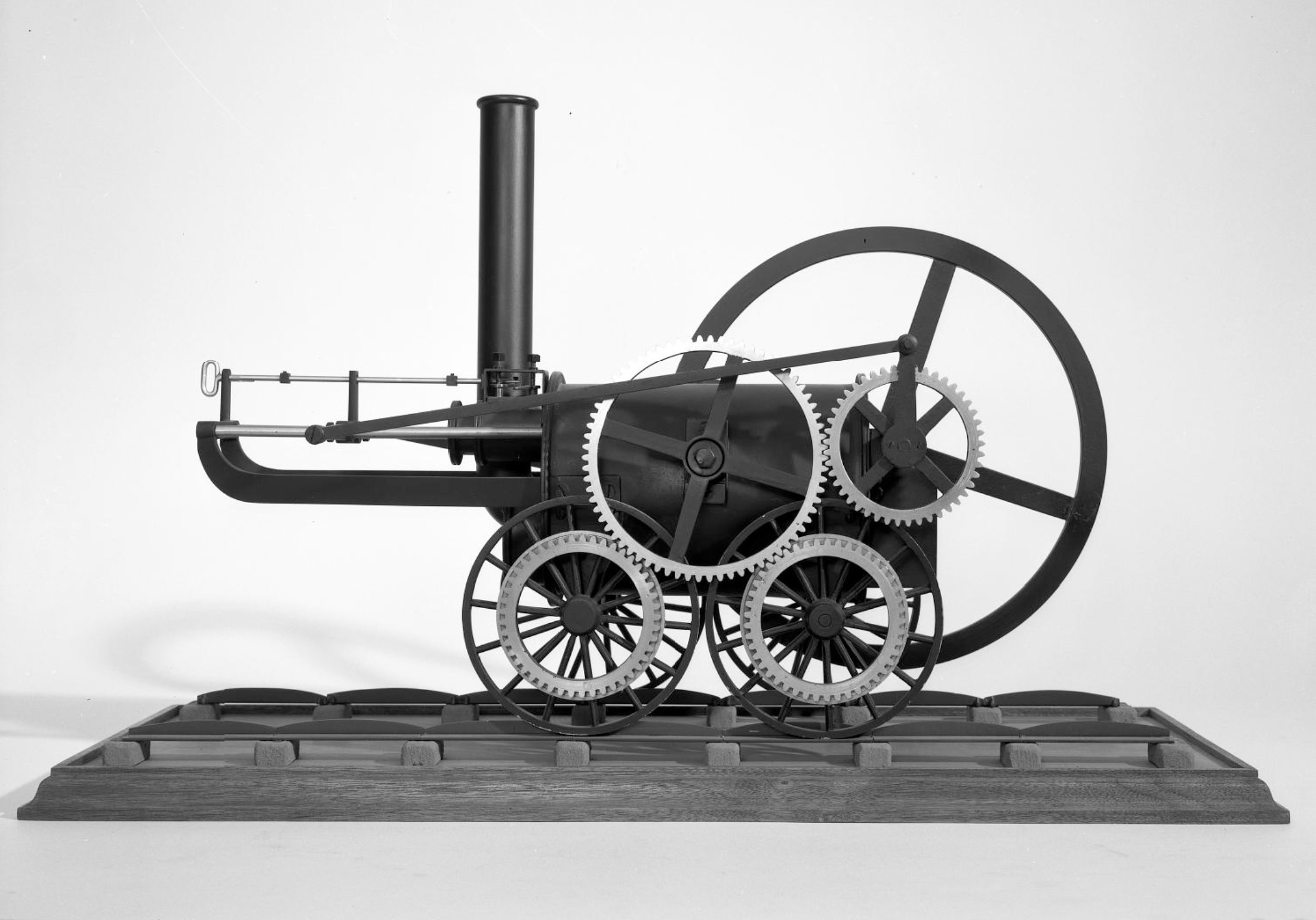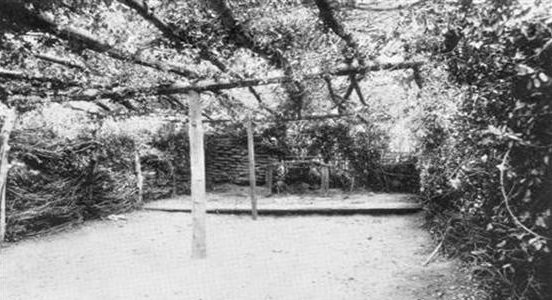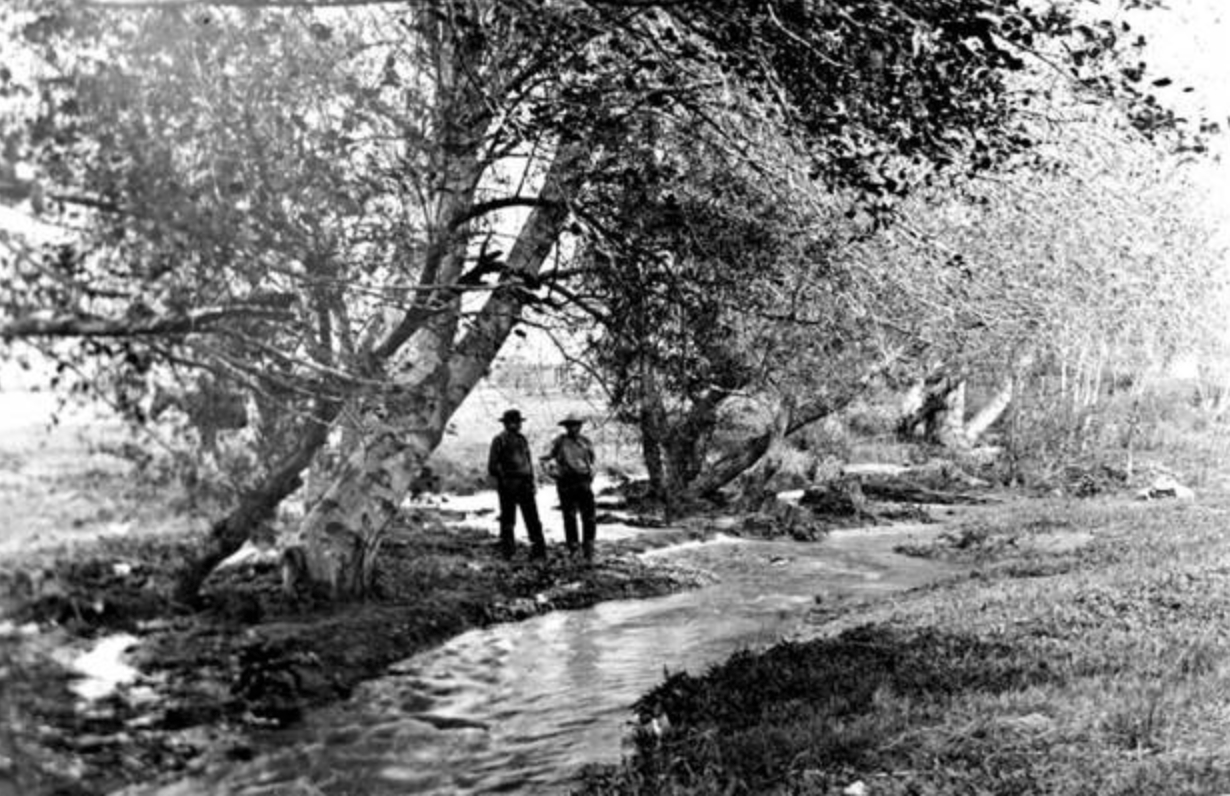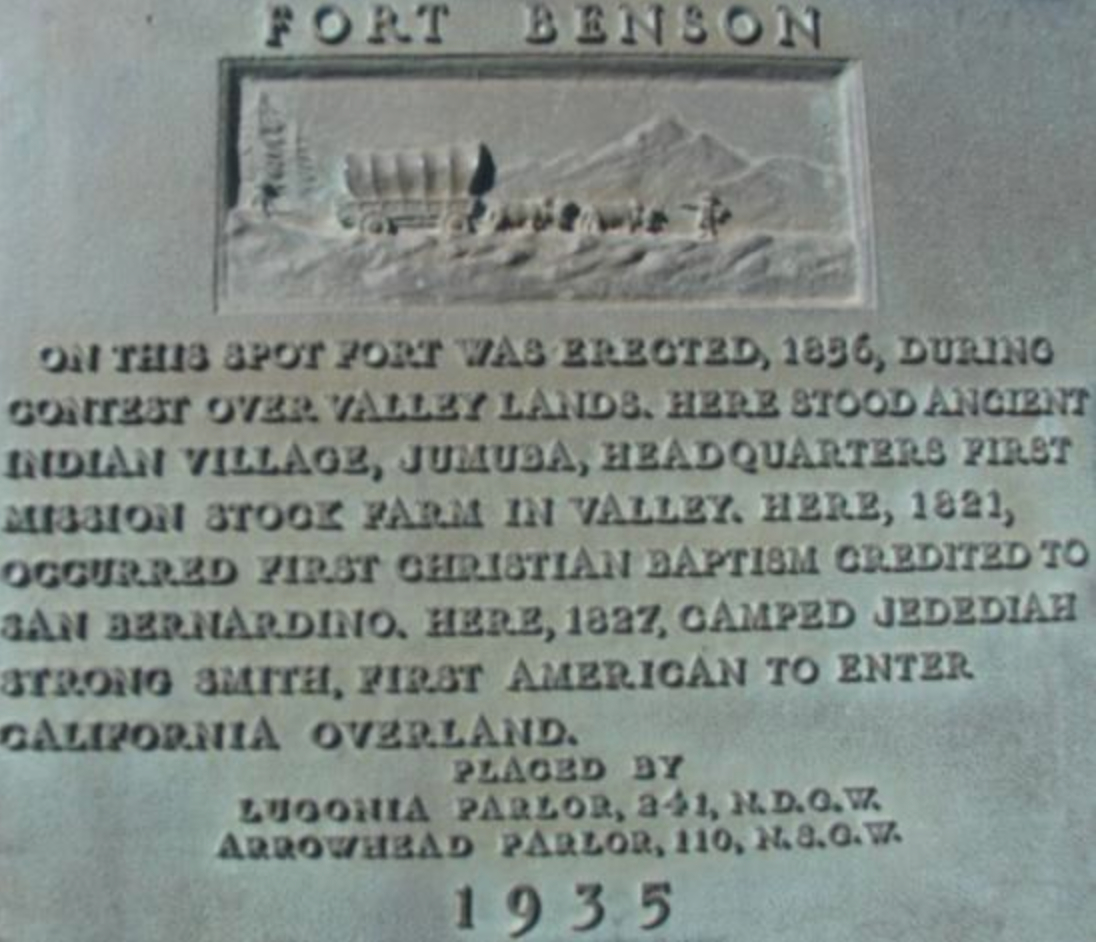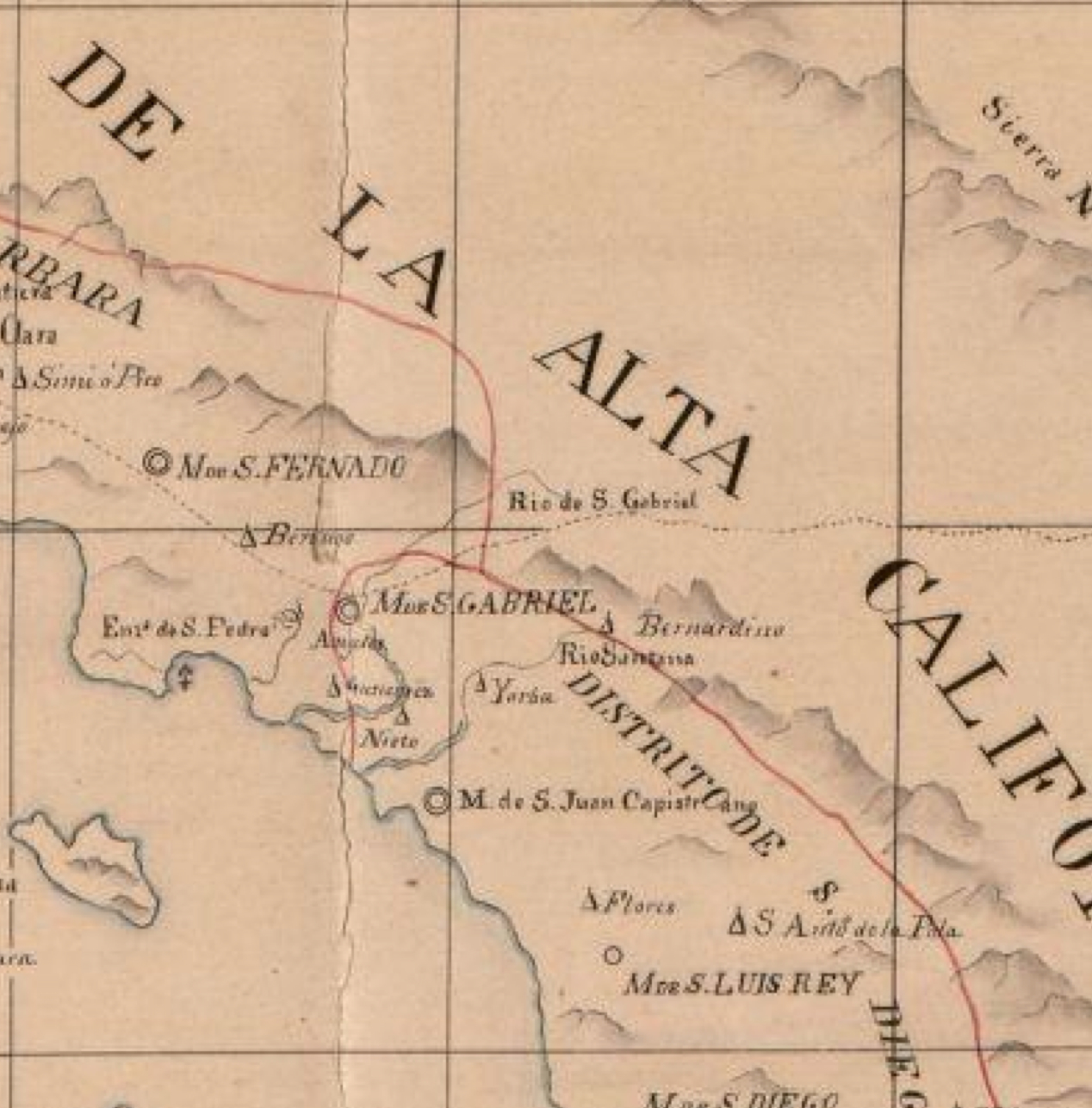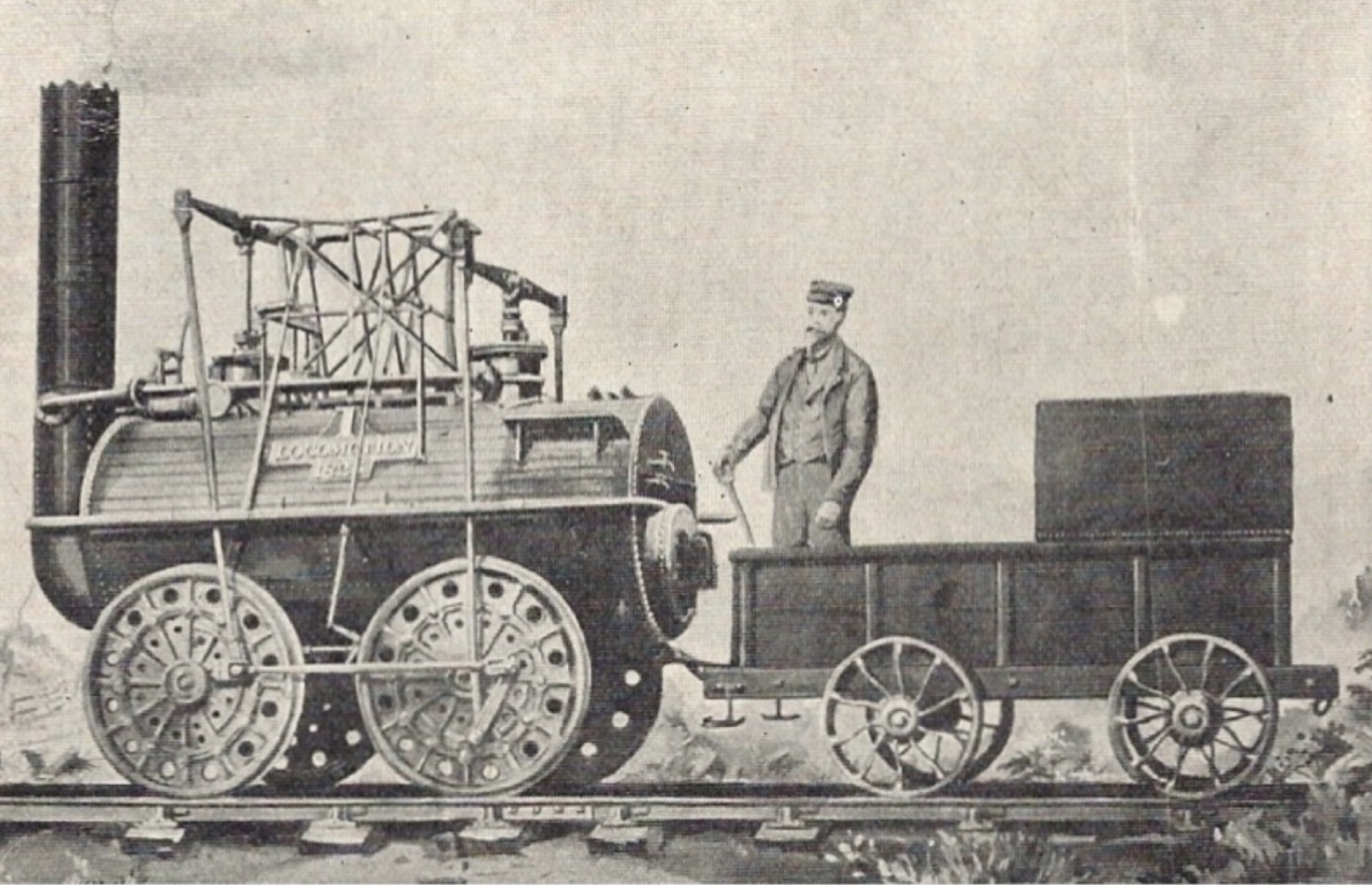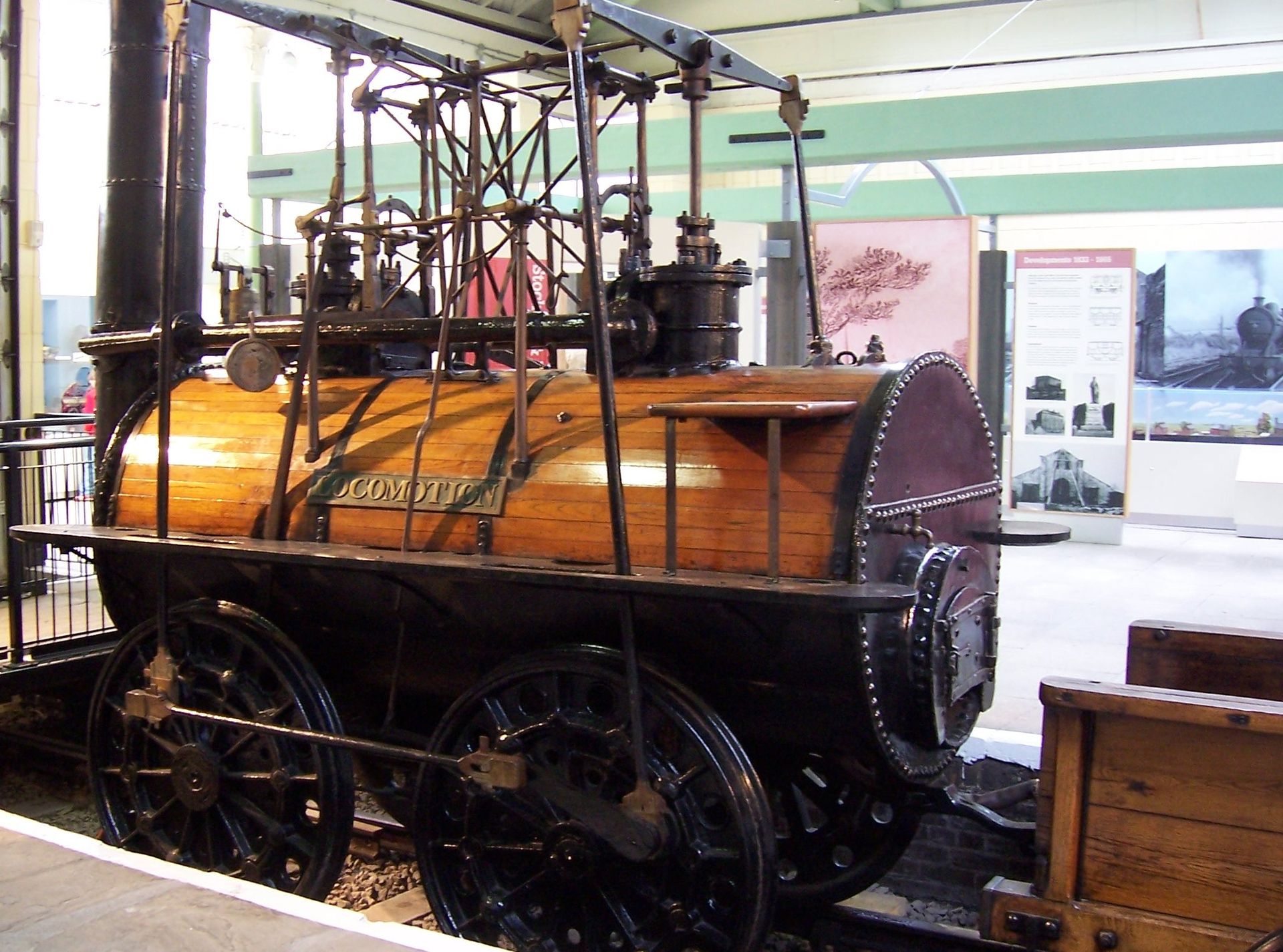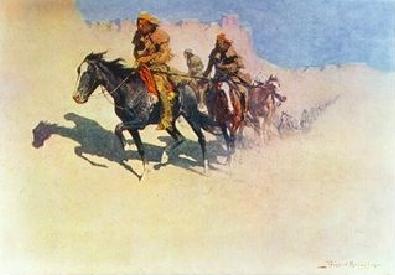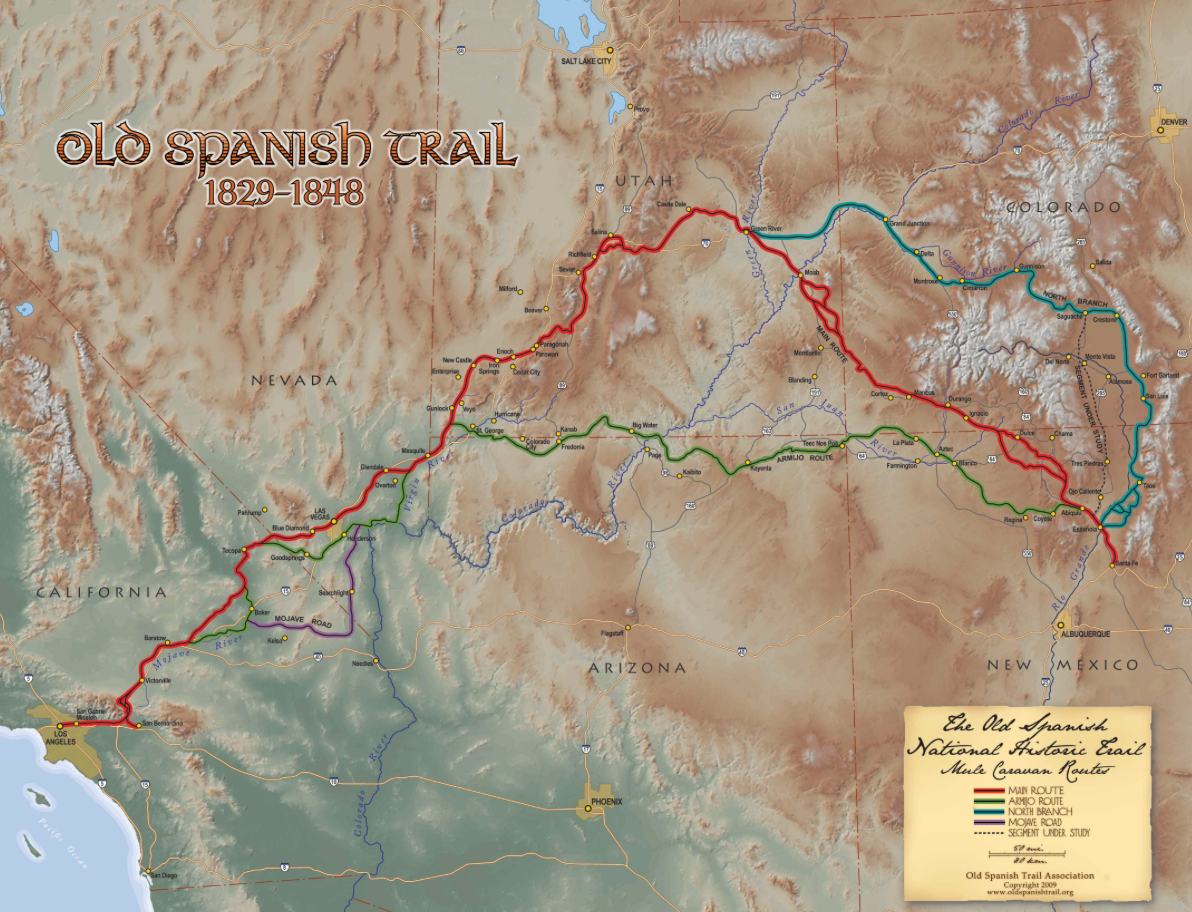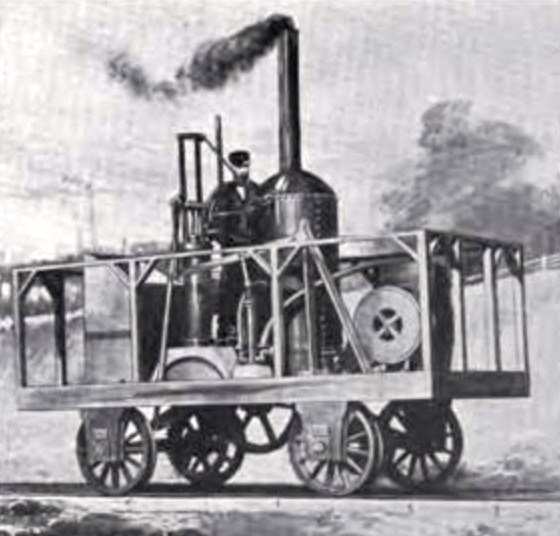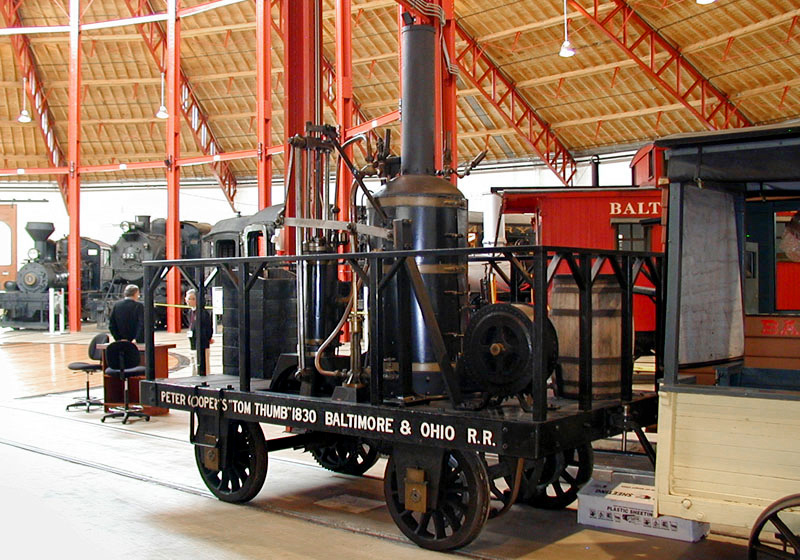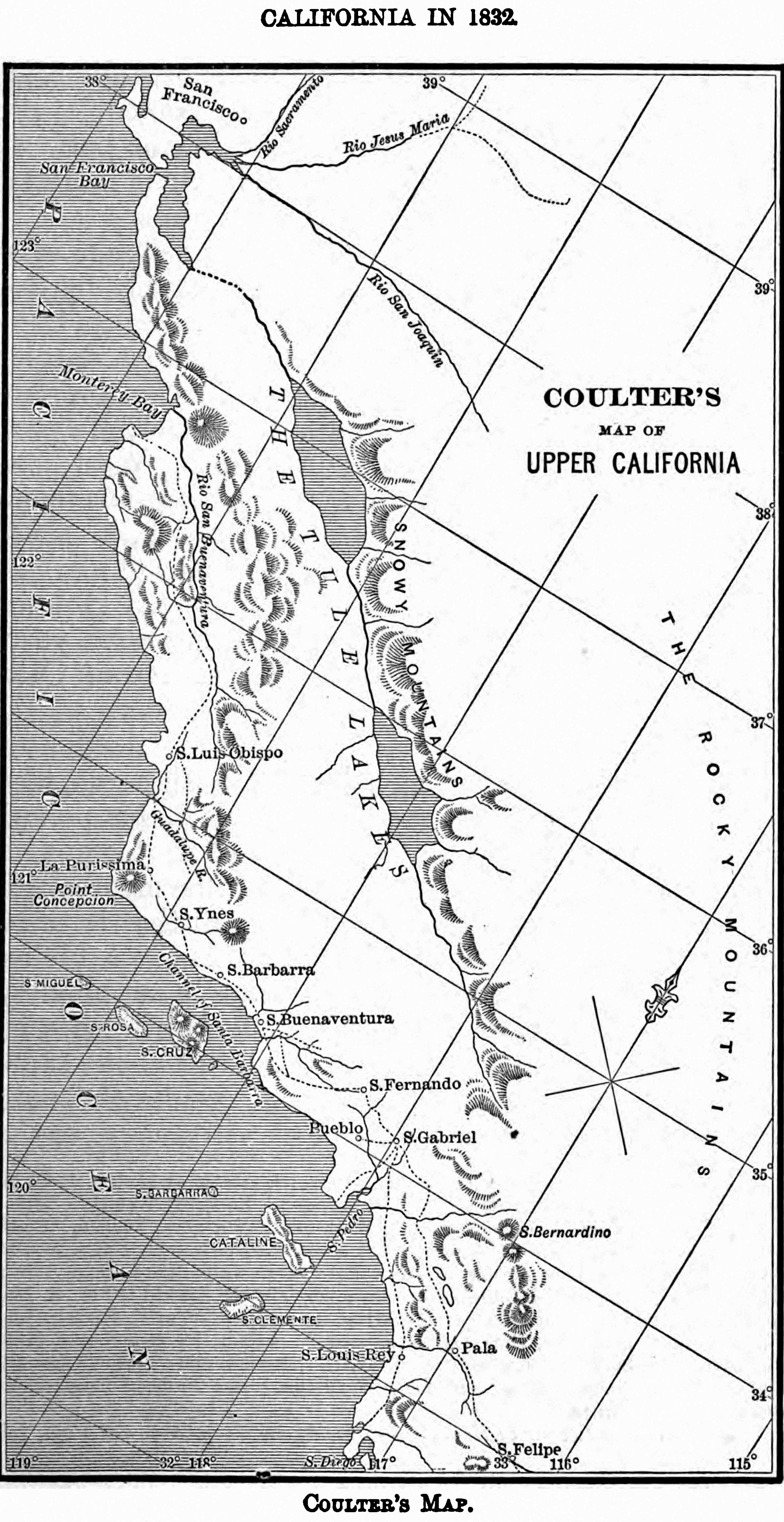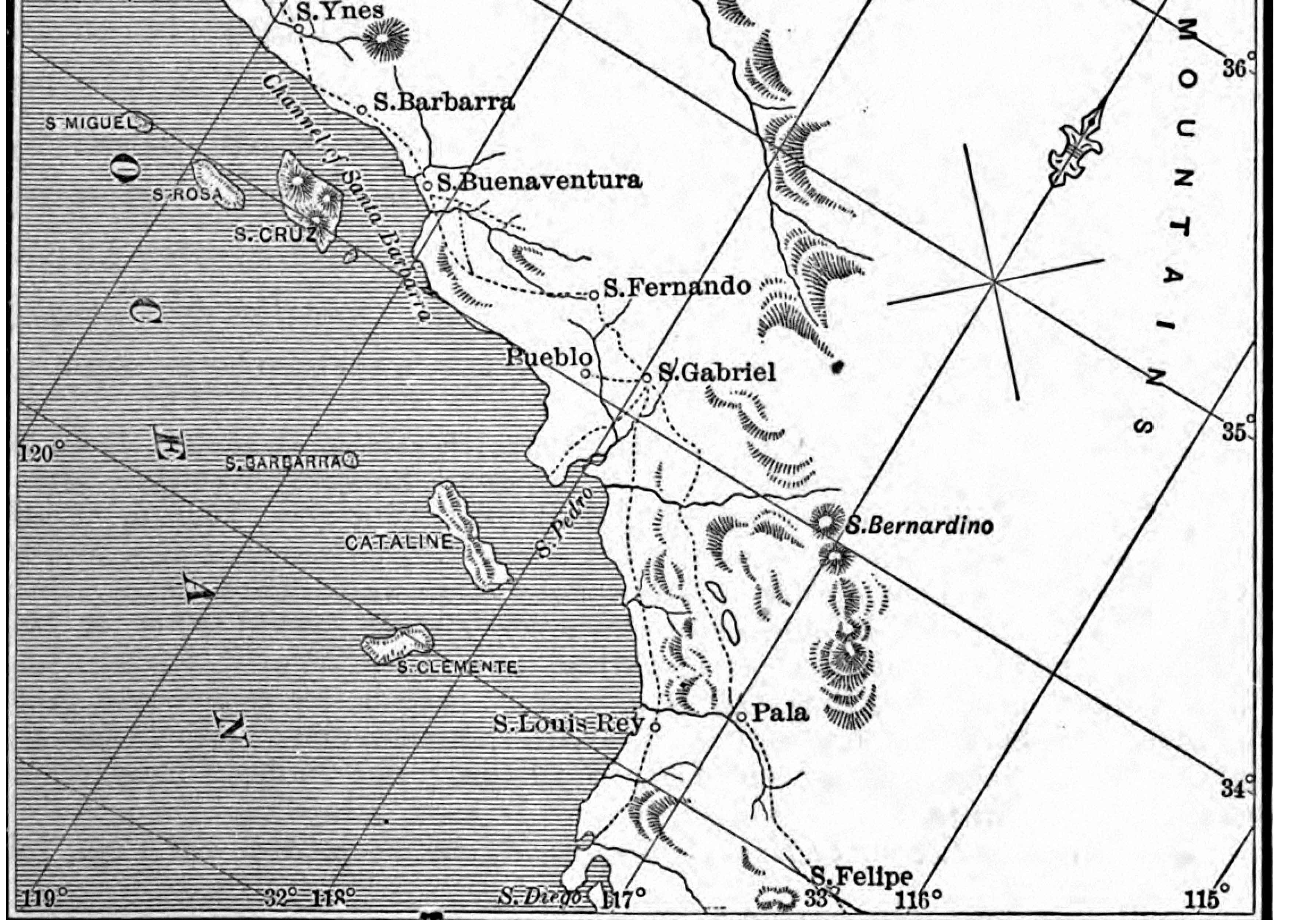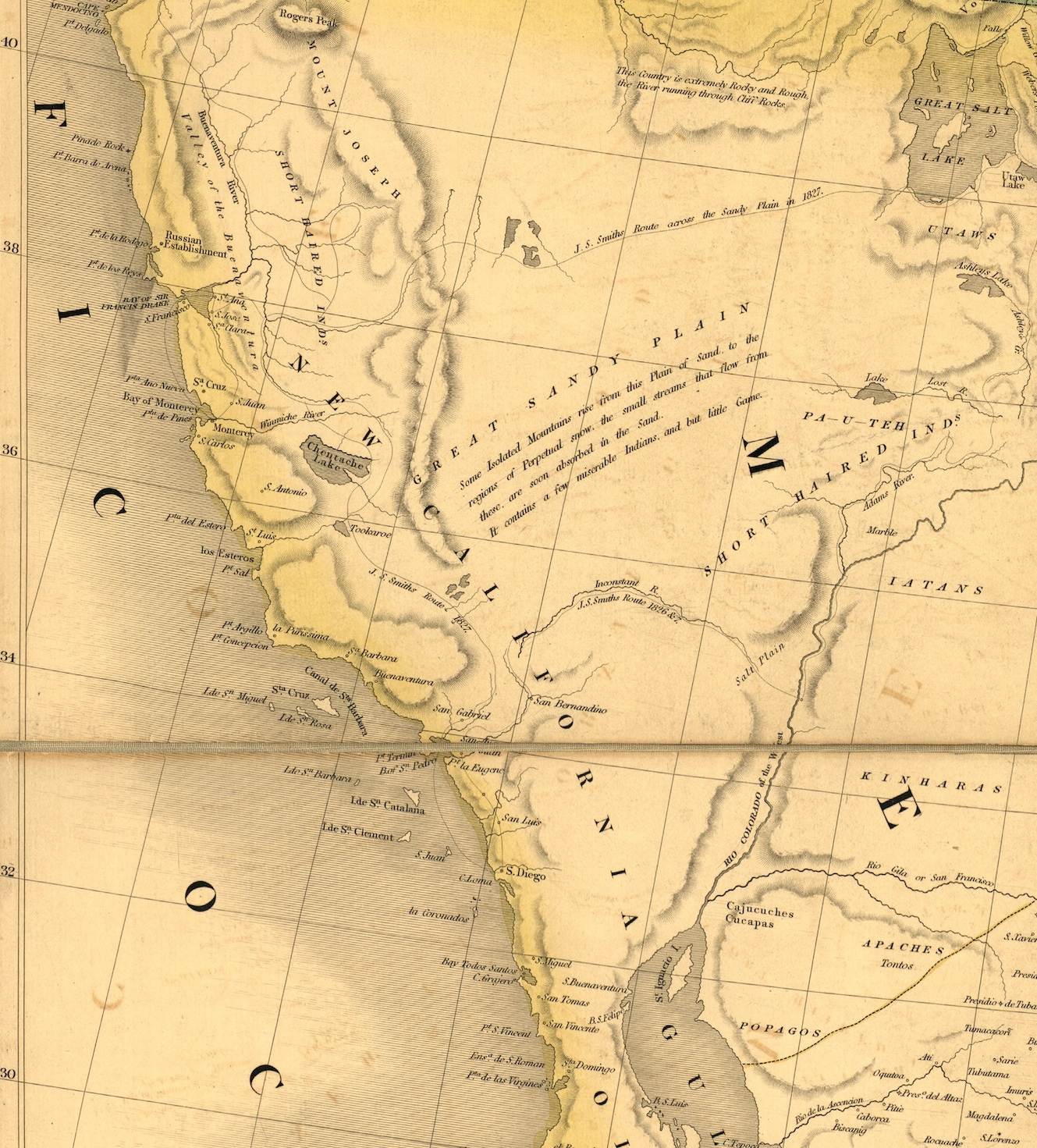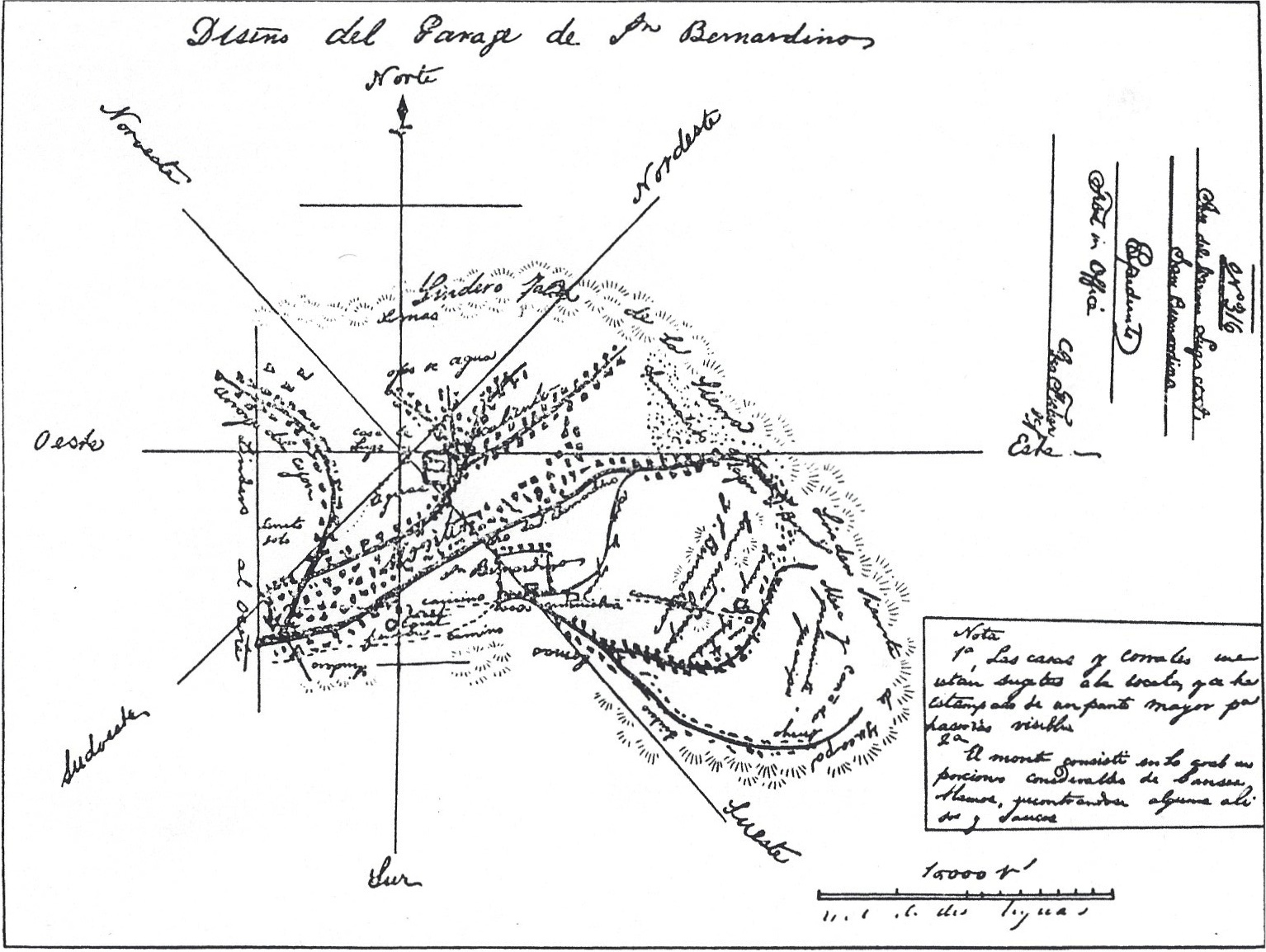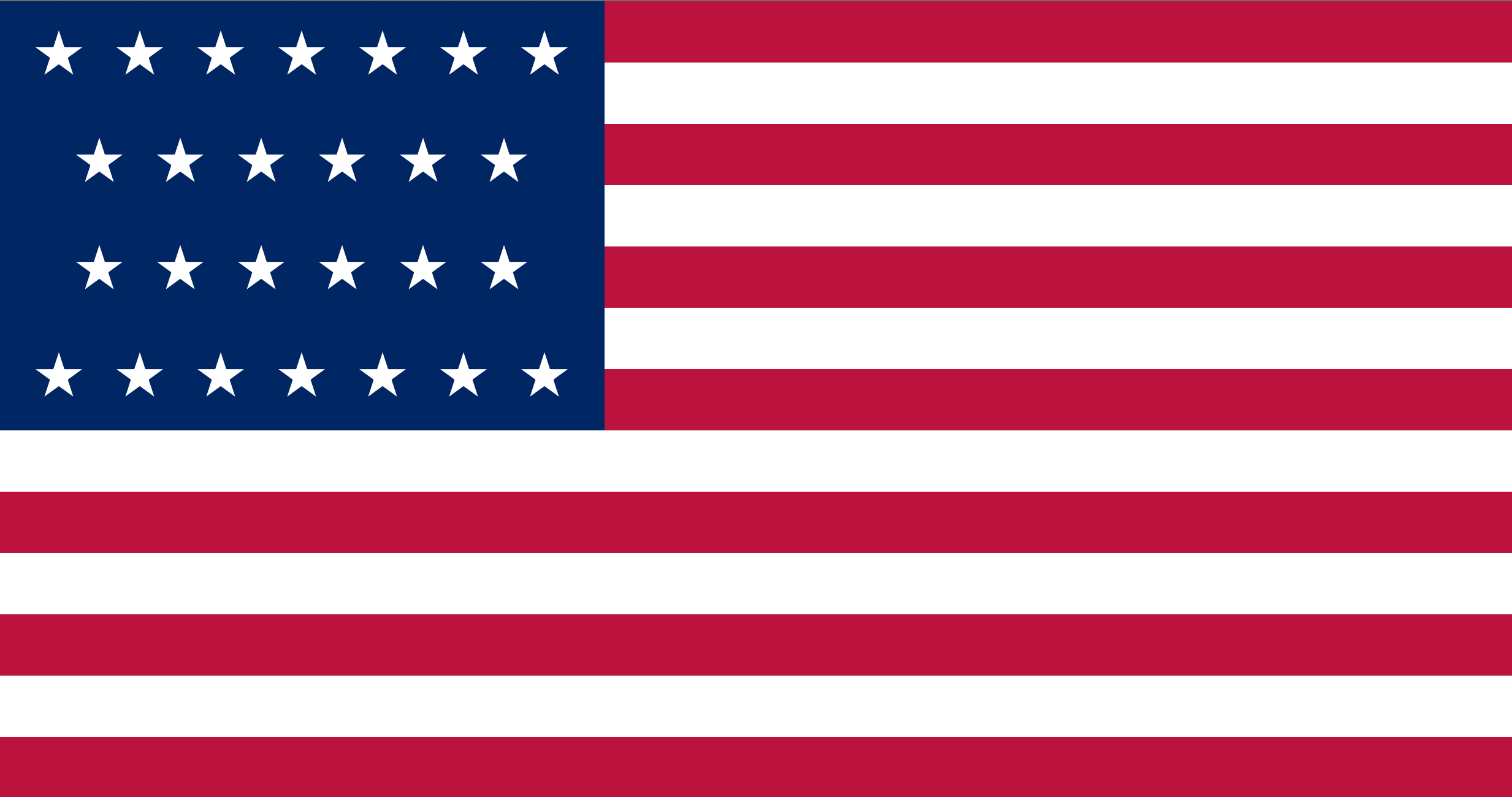January 18, 1803 - Corps of Discovery
January 18, 1803 - U.S. President Thomas Jefferson sent a secret message to Congress asking for approval and funding of an expedition to explore the Western part of the continent.
Thomas Jefferson sent Lewis and Clark's Corps of Discovery to find a water route to the Pacific and explore the uncharted West. He believed woolly mammoths, erupting volcanoes, and a mountain of pure salt awaited them. What they found was some 300 species unknown to science, nearly 50 Indian tribes, and the Rockies.
July 4, 1803 - News of the Louisiana Purchase is announced; Meriwether Lewis as the expedition's leader, who had been training in Philadelphis, will now be exploring land largely owned by the United States.
Summer 1803 - Lewis oversees construction of a keelboat in Pittsburg, then picks up William Clark and other recruits as he travels down the Ohio River. Lewis and Clark establish their winter camp on the Wood River, IL.
May 14, 1804 - The Corps of Discovery leaves Camp Wood and begins its journey up the Missouri River.
October 24, 1804 - Near today's Bismarck, North Dakota, the Corps arrives at the villages of the Mandan and Hidatsa, buffalo-hunting tribes that live along the Missouri River.
November 4, 1804 - Lewis and Clark hire French-Canadian fur-trader Toussaint Charbonneau and his Shoshone wife, Sacagawea, to act as interpreters on the journey ahead.
December 24, 1804 - The men build Fort Mandan, their winter quarters in present-day North Dakota.
June 13, 1805 - Lewis reaches the Great Falls of the Missouri—five massive cascades around which the men must carry all of their gear, including the canoes.
September 11, 1805 - The Corps begins the steep ascent into the Bitterroot Range of the Rocky Mountains with horses acquired from the Shoshone; the crossing will cover more than 160 miles.
September 23, 1805 - Starving, the men emerge from the mountains near present-day Weippe, Idaho, at the villages of the Nez Perce Indians, who teach them a new method of making dugout canoes.
October 7, 1805 - The men push off down the Clearwater River near Orofino, Idaho; it is the first time they've traveled with the current at their back in almost two years.
November 24, 1805 - Having reached the Pacific, the men built their winter quarters on the Clatsop Indian side of the Columbia River, and the encampment came to be called Fort Clatsop.
March 23, 1806 - After a winter of only 12 days without rain, the men set out for home.
September 23, 1806 - Having found an easier route across the country, the men reach St. Louis nearly two and a half years after their journey began and are acclaimed as national heroes.
(excerpts from National Geographic)

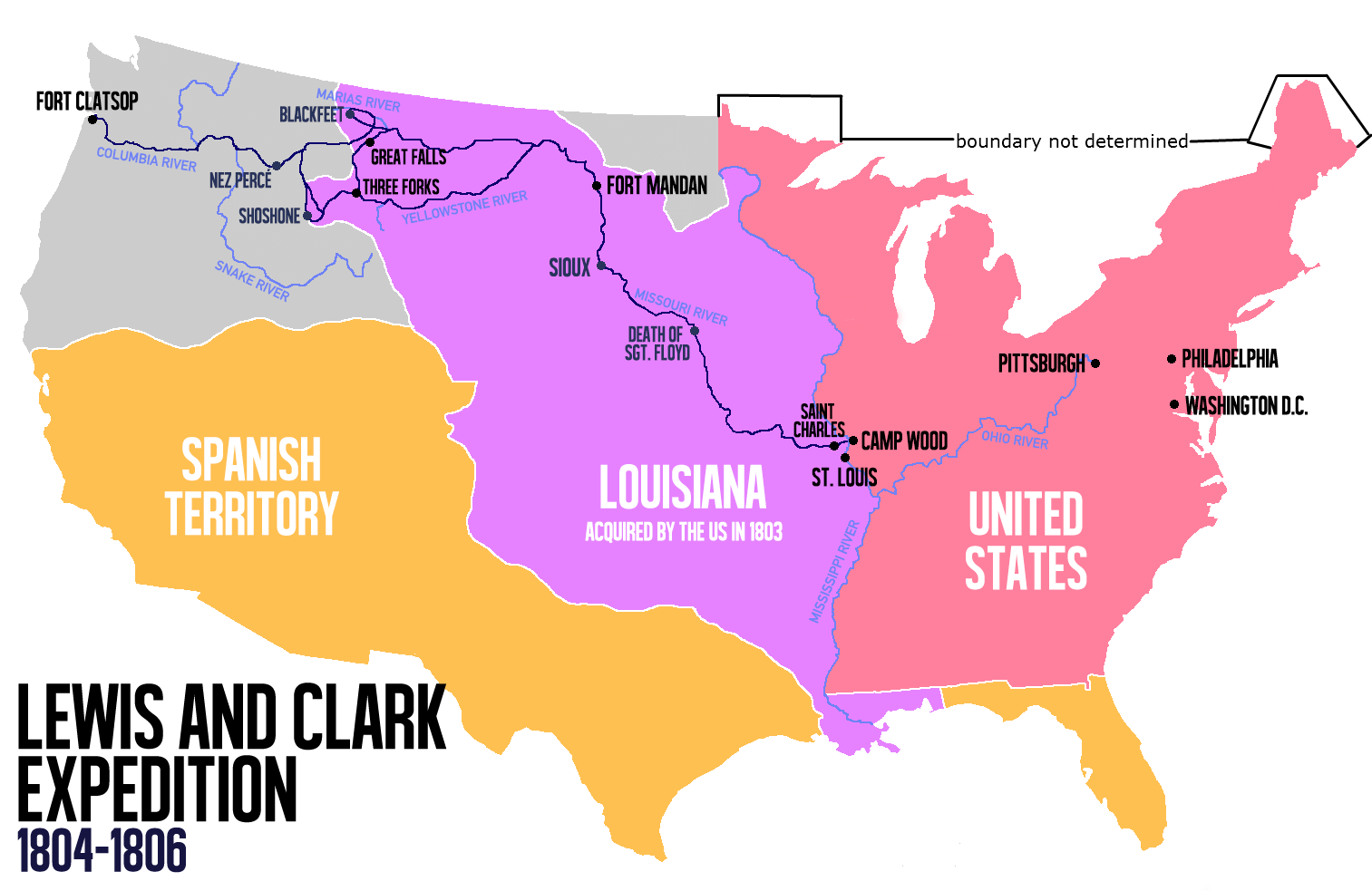
 Share Article
Share Article 